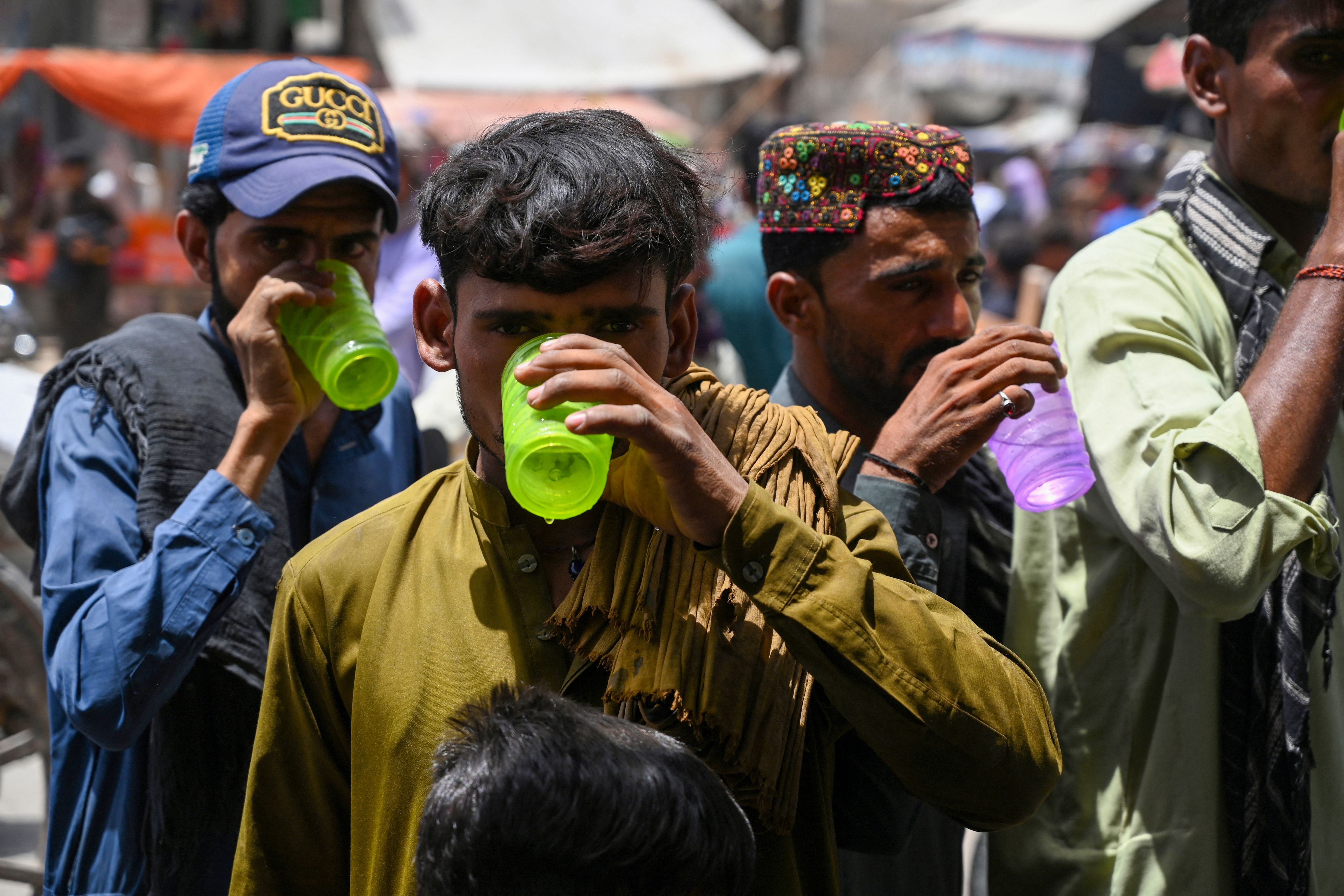‘Skin peeling stuff’: Delhi registers record 49C temperature as weather department issues alerts
Indian capital’s last record-setting temperature was reported several decades ago in 1944

South Asia’s long running heatwave spell has continued to roil citizens in Delhi after record temperatures breached an unprecedented 49C mark in some parts of India’s national capital.
The same temperature has been recorded in other parts across India and Pakistan as well, while governments issue health warnings and urge people to remain indoors.
The India Meteorological Department (IMD) said two of its weather stations in the capital’s Mungeshpur and Najafgarh areas recorded temperatures at 49.2C and 49.1C respectively.
These temperatures are the highest ever recorded for May in the city’s weather stations, while the overall average temperature stood above 46.6C.
Met records show temperature levels have hit, or surpassed, 45C at Safdarjung in southwest Delhi twice in the past four years.
The last record-setting temperature in Delhi was at 47.2C and was reported several decades ago on 29 May 1944.
Neighbouring Gurgaon, a sprawling metropolitan hub for several businesses that is a part of the National Capital Region, also reported its highest-ever temperature at 48.1C.
The 49C scale was breached in Pakistan as well, in Bhakkar and Noorpurthal of the Punjab region.
An Orange alert, the IMD’s second-most severe warning, was issued for the country’s northern parts, including Delhi, while the most severe Red alert was announced for the western Rajasthan state, where temperatures have hovered above 50C in certain pockets.
This surge in temperatures comes after two months of unprecedented heat in the region.
This year’s April was declared by the IMD as the hottest since it began keeping records after a heatwave was declared in northern India as early as mid-March.
Earlier, the UK’s Met Office had warned that temperatures could hit 50C in several regions of south Asia.
Large swathes of northern and western India have been witnessing cascading effects from the heatwave, including triggering deaths from heatstrokes, an acute energy shortage as demand for electricity increases, destruction of crops and even birds falling from the sky due to dehydration.
Earlier this month, a crucial bridge in Pakistan’s Gilgit-Baltistan region was swept away by water from a glacial lake.
May this year is also set to be hotter compared to temperatures faced in the same month in previous years, following the pattern set by March and April, according to Mahesh Palawat, vice president of meteorology and climate change at private weather forecasting agency Skymet.
“After two days again, winds will come from the western direction (Rajasthan) and temperature will increase again,” Mr Palawat said, referring to a momentary respite received by Delhi’s residents on Monday morning.
Several Twitter users have expressed shock at rising temperature levels, and pointed out how stepping outside has become more difficult than ever.
“When I go out for shopping in the afternoon, I can’t walk for even few seconds on the road due to extreme heatwave,” young climate activist Licypriya Kangujam wrote.
One user dubbed the temperatures to be “skin peeling stuff” while others expressed concern over conditions expected in the coming weeks.
While India’s record breaking heatwave this year is the result of a combination of factors, climate scientists have consistently maintained that the causes of all these changes can be attributed to a planet that is increasingly heating up.
Scientists have also noted the increase in frequency and intensity of extreme weather events.
A study by Imperial College London found that climate change has made heatwaves like this year’s much more likely to fall about once in every four years, when earlier it would around once in 50 years.
Join our commenting forum
Join thought-provoking conversations, follow other Independent readers and see their replies
Comments
Bookmark popover
Removed from bookmarks